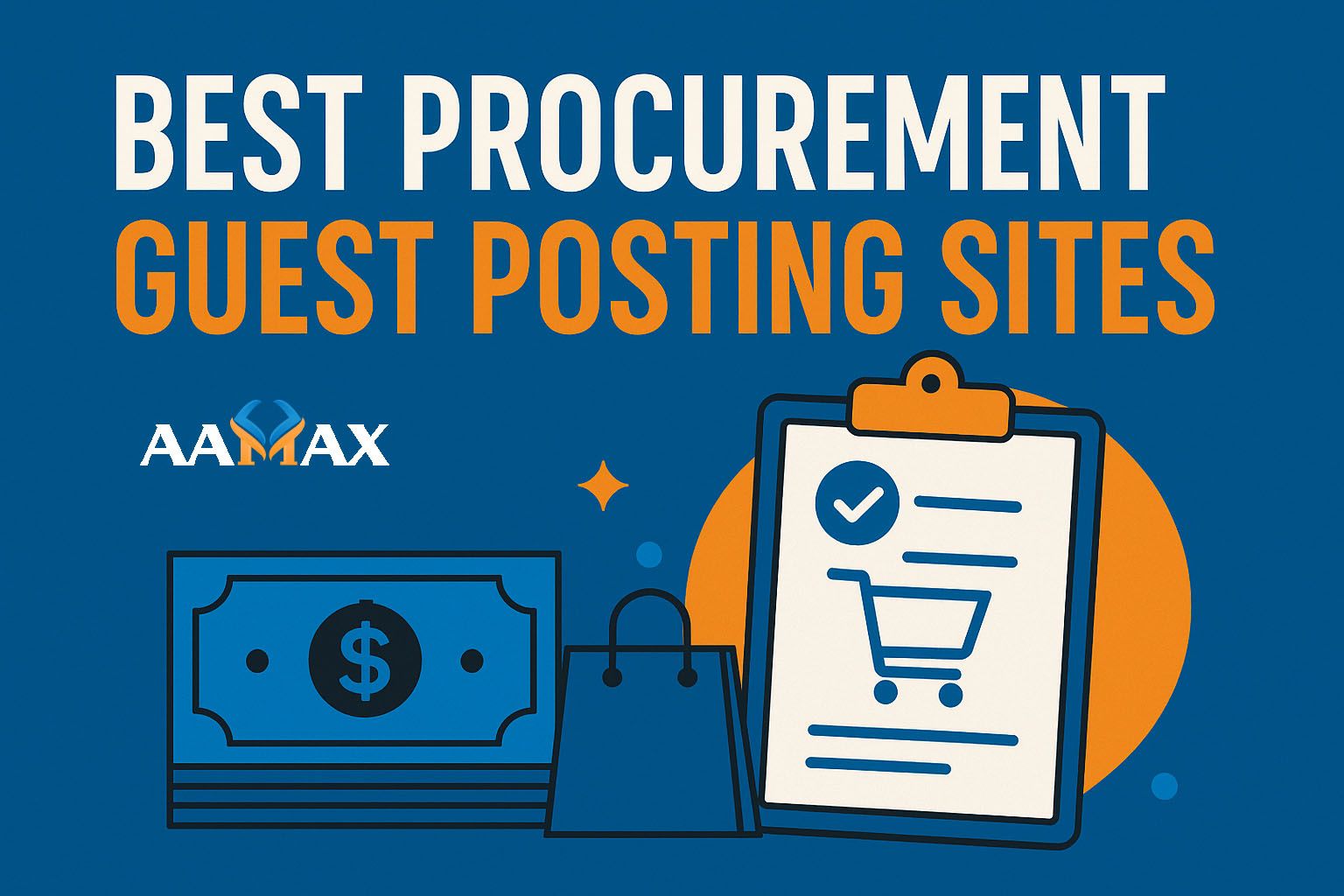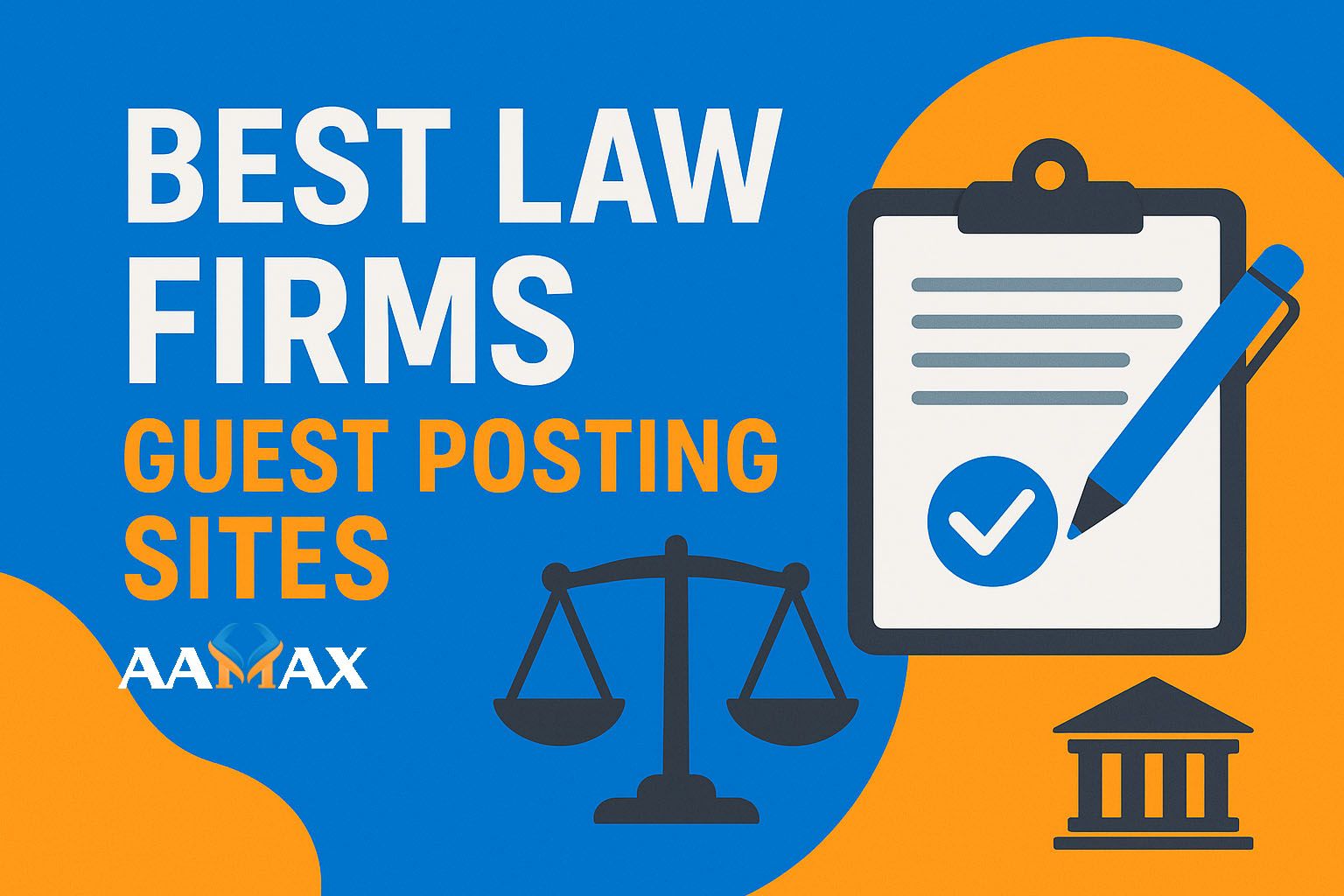![How to Submit URLs to Google in 60 Seconds [Guide]](https://res.cloudinary.com/dmkou0hmb/image/upload/v1754745108/How_to_Submit_UR_Ls_to_Google_in_60_Seconds_Guide_180e9cc77d.jpg)
How to Submit URLs to Google in 60 Seconds [Guide]
In today’s fast-paced digital world, time is money. For website owners, bloggers, marketers, and business owners, getting your content indexed by Google quickly can make a huge difference. Whether you’ve just published a brand-new page, updated an existing post, or launched an entire website, submitting your URLs to Google ensures they appear in search results as soon as possible. The good news? You can do it in less than a minute.
In this guide, we’ll cover how to submit URLs to Google in just 60 seconds, why it matters, and how it fits into your overall content optimization strategy.
Why Submitting URLs to Google Matters
Publishing a web page doesn’t automatically guarantee that Google will discover it immediately. While Google’s bots (Googlebot) continuously crawl the web to find new content, this process can take anywhere from hours to weeks. If you want faster visibility and better search ranking opportunities, manually submitting URLs is the smart move.
Benefits of Fast URL Submission:
- Quick Indexing – Your content appears in search results faster.
- Faster Updates – Any changes or corrections are reflected sooner.
- Better SEO Momentum – Reduces the lag between content creation and ranking.
- Competitive Edge – Outpace competitors for trending topics or time-sensitive news.
Step-by-Step Guide: Submitting Your URL in 60 Seconds
Google offers two primary methods for submitting your URL. The fastest is through Google Search Console.
1. Log in to Google Search Console
- Visit Google Search Console.
- Make sure you’ve verified ownership of your site. If you haven’t, follow Google’s steps to add and verify your property.
2. Use the URL Inspection Tool
- Paste your URL into the URL Inspection search bar at the top.
- Press Enter and wait for Google to retrieve data about the page.
3. Request Indexing
- If the page isn’t indexed yet or you’ve updated it, click Request Indexing.
- Google will queue your page for crawling, often within minutes.
That’s it — you’ve just submitted your URL in under a minute.
Alternative Ways to Submit URLs to Google
While Google Search Console is the fastest method, there are other ways to ensure your URLs are discovered.
1. XML Sitemap Submission
An XML sitemap is a file listing all the important pages on your website. Submitting your sitemap to Google means you don’t have to manually request indexing for every new page.
Steps:
- Generate an XML sitemap using tools like Yoast SEO, Rank Math, or online sitemap generators.
- Submit it through Google Search Console > Sitemaps.
2. Internal Linking
Googlebot discovers new pages by following links. Adding internal links from high-traffic or frequently crawled pages can help Google find new content faster.
3. External Links (Backlinks)
If a reputable website links to your new content, Google’s crawlers are more likely to find it quickly.
4. Social Media Sharing
Sharing your content on platforms like Twitter, LinkedIn, and Facebook can lead to faster discovery, as Google often crawls these platforms.
Best Practices for URL Submission
Submitting URLs is just one step in content optimization. To make the most of it, ensure that your content is worth indexing.
1. Ensure Quality Content
Google prioritizes pages with unique, valuable, and relevant content. Avoid thin, duplicate, or keyword-stuffed pages.
2. Use Proper On-Page SEO
- Include a descriptive title tag.
- Add an engaging meta description.
- Use H1, H2, and H3 headings for structure.
- Incorporate relevant keywords naturally.
3. Mobile Optimization
More than half of Google searches come from mobile devices. Ensure your content is responsive and loads quickly.
4. Improve Page Speed
Google favors fast-loading websites. Use tools like Google PageSpeed Insights to identify and fix performance issues.
Troubleshooting: If Your URL Doesn’t Get Indexed
Sometimes, even after submission, Google may not index your URL immediately. Common reasons include:
- Content Quality Issues – Low-quality or duplicate content may be ignored.
- Crawl Budget Limits – Large sites may not have all pages crawled instantly.
- Technical Errors – Robots.txt, noindex tags, or server issues may block crawling.
Solution:
- Check Coverage Report in Google Search Console for errors.
- Fix issues and request indexing again.
How URL Submission Fits into Content Optimization
Submitting URLs quickly is part of a larger content optimization strategy. Here’s how it works together:
Step 1: Research Keywords & Topics
Use keyword tools to identify high-value, relevant search terms.
Step 2: Create High-Value Content
Focus on user intent and provide solutions.
Step 3: Optimize On-Page SEO
Craft clear titles, meta descriptions, headings, and structured content.
Step 4: Submit to Google
Ensure your content gets indexed fast.
Step 5: Promote & Build Links
Drive traffic through social media, email marketing, and partnerships.
Step 6: Monitor & Improve
Use Google Analytics and Search Console to track performance and refine your strategy.
Pro Tip: Use URL Submission for Time-Sensitive Content
If you’re publishing:
- News updates
- Event announcements
- Product launches
- Seasonal promotions
Submitting URLs immediately ensures you don’t miss crucial visibility windows.
The Bottom Line
Learning how to submit URLs to Google in 60 seconds is a simple yet powerful skill for marketers, bloggers, and business owners. It accelerates visibility, helps search rankings, and ensures your audience sees your content sooner rather than later.
For businesses looking to integrate fast indexing with a full-scale SEO and digital marketing strategy, consider partnering with experts. You can AAMAX, a full-service digital marketing company specializing in Web Development, Digital Marketing, and SEO services to maximize your online presence.
By combining rapid URL submission with strategic content optimization, you’ll position your website for better rankings, faster traffic growth, and long-term online success.







